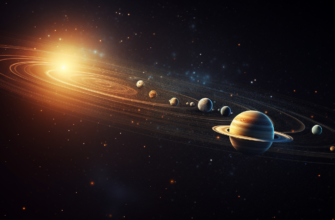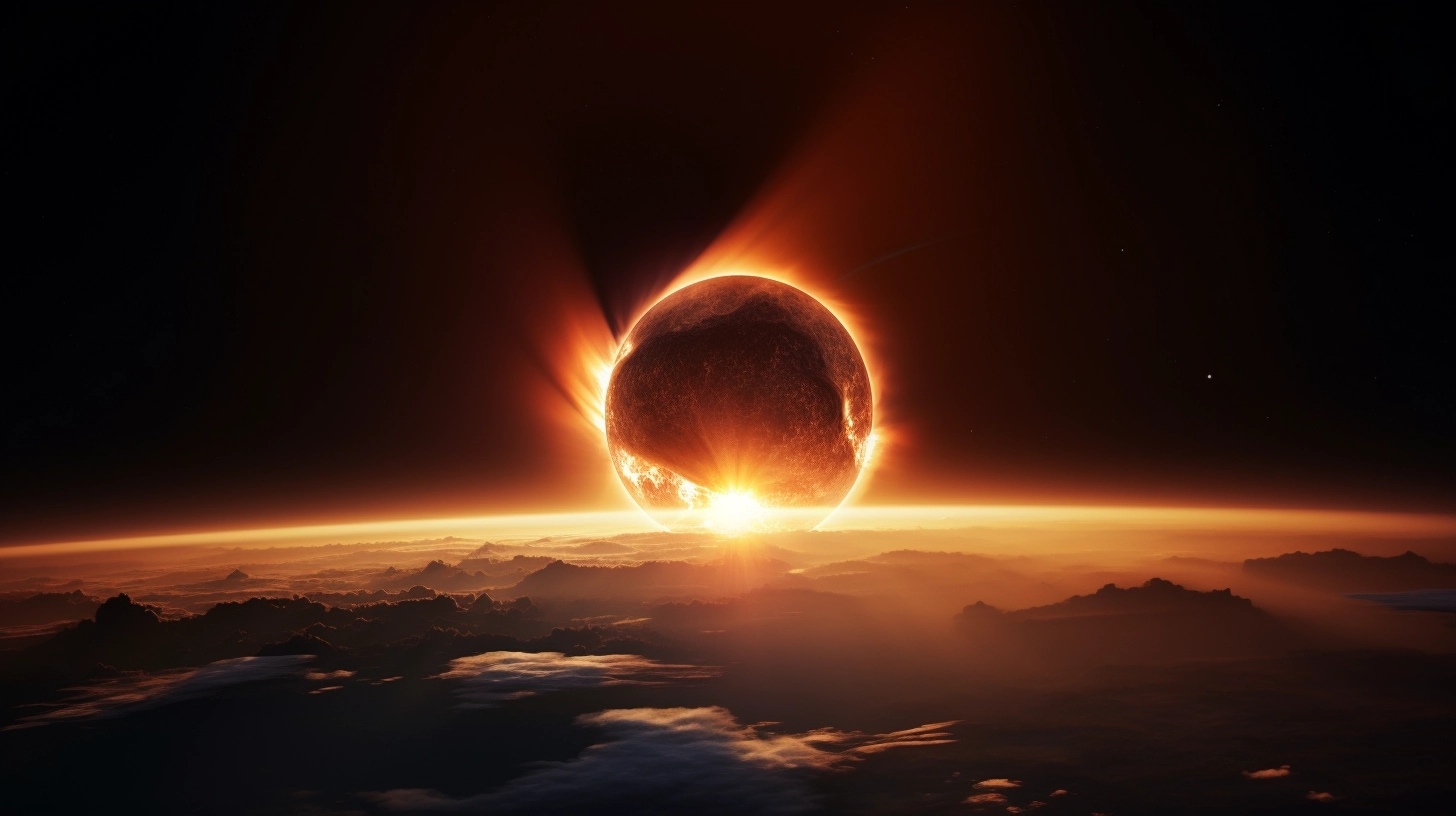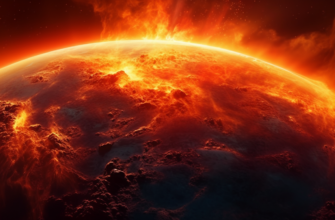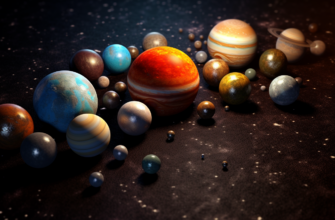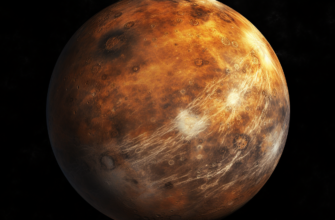The cosmos teems with groundbreaking discoveries and ambitious scientific missions propelling our understanding of the universe forward. This article delves into the top current space news since early 2024, exploring research on Earth-like exoplanets, the cosmic dance of supermassive black holes, cutting-edge technology like the James Webb Space Telescope, and ongoing initiatives to protect Earth from potential asteroid threats.
- Exoplanet Bonanza: Earth-Like Worlds Within Reach
- The Dance of Supermassive Black Holes
- Artemis Program: To the Moon and Beyond
- Commercial Spaceflight Takes Off
- Cosmic Mysteries
- Table of Resent/Future Space Missions
- Protecting Earth: Planetary Defense Initiatives
- The Search for Extraterrestrial Life (SETI)
- The Enigma of Fast Radio Bursts
- Space Exploration’s Impact on Earth
- Staying Up-to-Date on the Latest Space News
Exoplanet Bonanza: Earth-Like Worlds Within Reach

In the relentless search for planets beyond our solar system, astronomers have recently hit the jackpot. The Kepler Space Telescope: and its successor, the Transiting Exoplanet Survey Satellite (TESS): have unveiled a treasure trove of exoplanets. What truly gets hearts racing is the discovery of multiple planets orbiting within the habitable zones of their stars – that sweet spot where temperatures could support liquid water on the surface.
Some of the most promising Earth-like exoplanets discovered include:
- Kepler-452b: Considered Earth’s “bigger, older cousin,” this exoplanet is 60% larger than Earth.
- TRAPPIST-1 System: This incredible system boasts seven Earth-sized planets, three of which reside in the habitable zone.
- Proxima Centauri b: The closest known exoplanet to Earth, with a potentially life-friendly distance from its host star.
As technology advances, scientists get closer to directly imaging these distant worlds, potentially finding telltale signs of atmospheres and, dare we dream, biosignatures!
The Dance of Supermassive Black Holes
In the deepest reaches of the universe, colossal forces are at play. Astronomers have witnessed a rare spectacle – two supermassive black holes orbiting each other in a celestial waltz. These behemoths, boasting millions or even billions of times the mass of our sun, are locked in a cosmic dance destined to culminate in a cataclysmic merger. This collision will send ripples throughout spacetime itself, known as gravitational waves. Gravitational wave observatories like LIGO: https://www.ligo.caltech.edu/ and Virgo: https://www.virgo-gw.eu/ are listening intently, ready to capture these faint tremors, revolutionizing our understanding of these monstrous black holes.
Artemis Program: To the Moon and Beyond
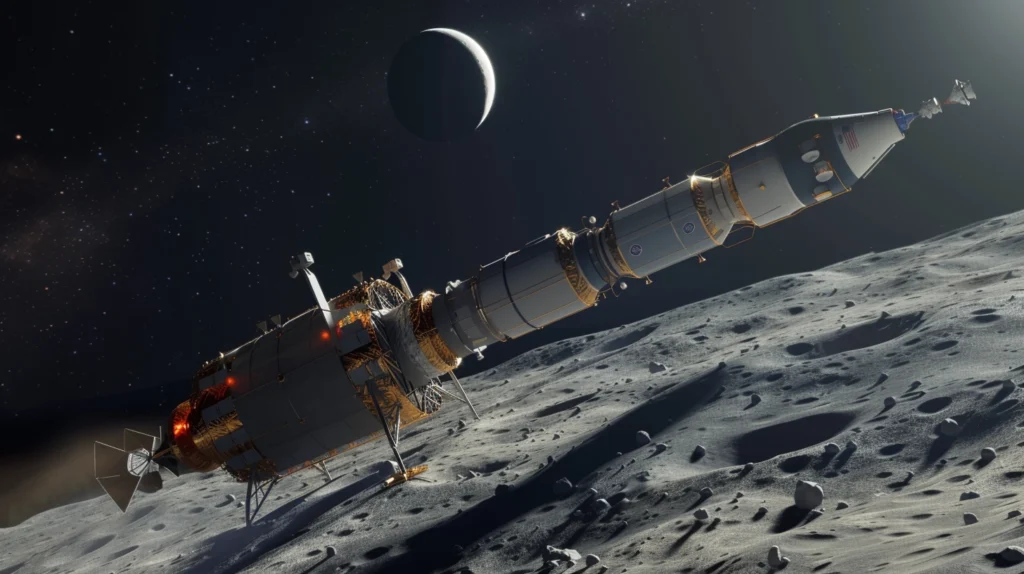
Our sights are set back on the Moon! NASA’s ambitious Artemis Program: https://www.nasa.gov/specials/artemis/ heralds a new era of lunar exploration. With powerful rockets like the Space Launch System (SLS) and the futuristic Orion spacecraft, Artemis aims to:
- Establish a sustainable human presence on the Moon.
- Land the first woman and the next man on the lunar surface.
- Pave the way for future missions to Mars and deep space destinations.
Commercial Spaceflight Takes Off
The space industry has evolved with players like SpaceX, Blue Origin, and Virgin Galactic ushering in an age of commercial spaceflight. This exciting transformation is driving down costs, propelling innovation, and democratizing access to space. We’re witnessing:
- Regular astronaut launches to the International Space Station on commercial spacecraft.
- Development of powerful reusable rockets that dramatically reduce launch costs.
- Ambitious plans for space tourism and lunar development.
Cosmic Mysteries
From enigmatic dark matter to the explosive deaths of stars, the universe teems with profound mysteries. Groundbreaking observatories and sophisticated space telescopes are peeling back the cosmic veil:
- James Webb Space Telescope (JWST): JWST, with its unprecedented infrared vision, is peering into the earliest epochs of the universe, observing the birth of galaxies, and unlocking the secrets of stellar and planetary formation.
- Event Horizon Telescope (EHT): The EHT’s extraordinary ability to image black hole ‘shadows’ has already given us the first-ever picture of a black hole in the M87 galaxy, and scientists are now aiming closer to home with their sights trained on Sagittarius A*, the supermassive black hole at the Milky Way’s heart.
Table of Resent/Future Space Missions
| Mission Name | Agency | Launch Date | Mission Goals |
|---|---|---|---|
| PACE | NASA | Feb. 8, 2024 | Monitor Earth’s oceans, air, and climate |
| Perseverance | NASA | July 30, 2020 | Search for signs of ancient life on Mars, collect samples |
| JWST | NASA/ESA/CSA | Dec. 25, 2021 | Observe the universe in infrared, study exoplanets |
| Parker Solar Probe | NASA | Aug. 12, 2018 | Explore the Sun’s outer atmosphere (corona) |
| BepiColombo | ESA/JAXA | Oct. 20, 2018 | Study Mercury’s environment, magnetic field, and history |
Protecting Earth: Planetary Defense Initiatives

As mesmerizing as they are, asteroids bring risk. Fortunately, we’re not defenseless! With increasing awareness of near-Earth asteroid (NEA) hazards, agencies like NASA are spearheading efforts on:
- Asteroid tracking and detection: Powerful telescopes scan the skies, mapping potential impact threats.
- Planetary defense technologies: Scientists investigate methods like the Double Asteroid Redirect Test (DART) mission, which involved an intentional spacecraft collision to deflect an asteroid’s trajectory.
The Search for Extraterrestrial Life (SETI)
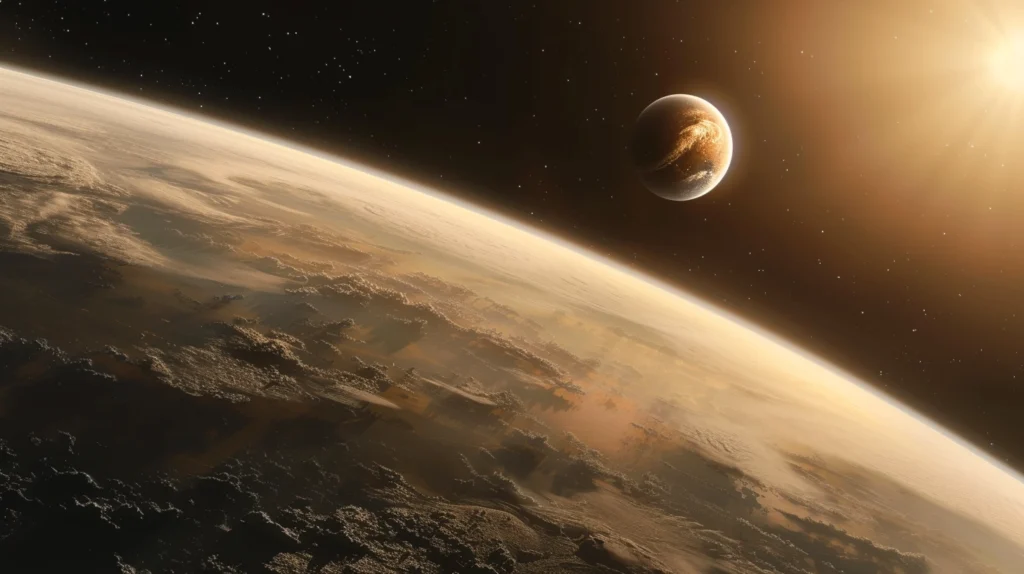
Are we alone in the universe? The SETI (Search for Extraterrestrial Intelligence) program employs cutting-edge technology to answer this eternal question. They achieve this by:
- Scanning the skies: Sensitive radio telescopes listen for unusual signals potentially artificially generated by other cosmic civilizations.
- Exploring biosignatures: Scientists analyze data from telescopes like JWST searching for chemical markers, like those in exoplanet atmospheres, that could be produced by biological processes.
The Enigma of Fast Radio Bursts
In the depths of space, astronomers detect incredibly powerful yet brief flashes of radio signals – Fast Radio Bursts (FRBs). These millisecond-duration cosmic radio explosions:
- Originate from distant galaxies: Astronomers have traced FRBs to a variety of sources, including merging neutron stars and magnetars (stars with insanely powerful magnetic fields).
- Unlocking cosmic secrets: Scientists study FRBs to gain a deeper understanding of the high-energy events that cause them.
Space Exploration’s Impact on Earth

Discoveries in space often translate to breakthroughs back on Earth:
- Technological advancements: Space exploration drives the development of cutting-edge technologies in telecommunications, advanced materials, and robotics.
- International cooperation: The grandness of space endeavors often serves as a powerful tool to foster peaceful collaboration between nations.
- A sense of wonder and perspective: Looking out at the boundless expanse reminds us of our fragility, of our connectedness to the universe, and our shared responsibility to protect our planet.
Staying Up-to-Date on the Latest Space News
This whirlwind guide merely scratches the surface of our expanding cosmic knowledge. If you’re captivated by the wonders of space, stay abreast of the latest breakthroughs on these official resources:
- NASA Website: https://www.nasa.gov/
- European Space Agency (ESA): https://www.esa.int/
- Viathespace.com: https://www.viathespace.com/
A Future Among the Stars
“Astronomy compels the soul to look upwards and leads us from this world to another.” – Plato
Space exploration continues to fuel our awe, challenge our limits, and expand our cosmic awareness. The breakthroughs and discoveries we’ve discussed today represent the relentless spirit of curiosity, ambition, and cooperation that pushes humanity ever forward on this grand voyage through the stars. As we venture boldly into the future, will no doubt continue to reshape our understanding of the universe and our place within it.


